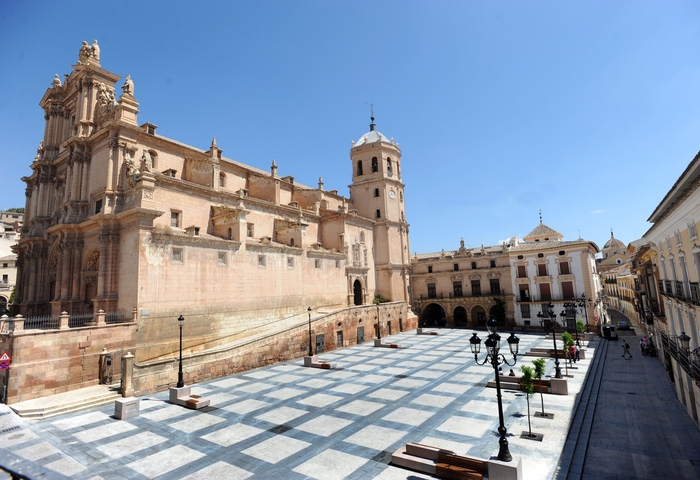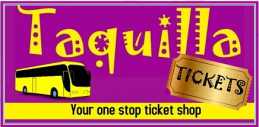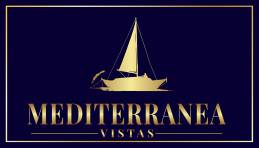Community Information: Lorca
Lorca sits in the south-west of the region of Murcia and is a town with a variety of contrasts. The town blends its historical heritage with modern life. Lorca is also an important commercial centre and to this end has a well designed network of roads, rail and communications. Lorca is probably the most important tourist centre in the region. It has mountains to a height of 1.500m in the north-west and an 8km coastline in the coastal area. The surrounding area is covered with vineyards.
Lorca has a wealth of historical buildings including churches, Roman villas, palaces, monuments and works of art. However, the city is dominated by the hilltop castle. Lorca is a friendly and hospitable town that offers recreation, shopping and unique gastronomy. Lorca also has a wealth of fiestas to be enjoyed by both visitors and locals.
Approaching Lorca is easy by the A7 motorway that connects Valencia with Andalucia. Lorca has its own bus network with a coach station and a rail network that connects with many major cities. Lorca is 120km from Alicante airport, 100km from San Javier airport and 150km from Almeria airport.
Plaza Mayor
This square got its name in the 18th century and was designed as the centre of power with the buildings of the Town Council, Collegiate and the Mayor placed around it, as well as the two granaries, the prison and the market.
The Town Hall
This building despite its harmonious appearance was not constructed all at once. The first part, constructed in 1678 was the former prison and half a century later, in 1739 the building was enlarged becoming an outbuilding of the Town Council. The building is crowned with two statues that symbolise charity and justice. The interior of the building which was remodelled in 1992 offers a wide variety of contemporary paintings, mainly by local painters and the ancient chapel of the Town Council which contains six enormous canvas works depicting the battles that local people have fought in.
The Ex-Collegiate Church of San Patricio
This church, declared a conservation area in 1941, was built upon the old church of San Jorge between 1536 and 1780. The name of the church is due to a victory by the people of Lorca over the Moors of Granada in 1452. Despite its long construction period, the church has a Renaissance style. The interior if the church is made up of three naves, lateral chapels, a choir and a retrochoir, a transept, an ambulatory with radial chapels and a tower at the head which gives shelter to the sacristy in its inner part.
Much of Lorca’s history has been preserved in the many museums, all of which are open to the public. Look for the Archaeological Museum on Calle Juan Moreno. The museum features everything that is or has been important to Lorca since prehistoric times including a good collection of coins and medals. The Regional Craft Centre near the Guevara Palace has a permanent exhibition of local craftwork in glass, wood, clay, reed and pottery. Near the Church of san Francisco is the Embroidery Museum where you will see fantastic displays of local work as well as a pectoral history of the building that houses the museum.
When it comes to fiestas and traditions, Lorca has its fair share and some of the important dates in the celebration calendar include 23rd November when San Clemente is honoured. On the 8th September the Virgen de Las Huertas, patron saint of Lorca is honoured in a tradition that began in 1244. The Grand Feria of Lorca takes place in September and lasts 10 days. Lorca also celebrates Semana Santa (Easter) in grand style.











